SUMMARY
This is AI generated summarization, which may have errors. For context, always refer to the full article.
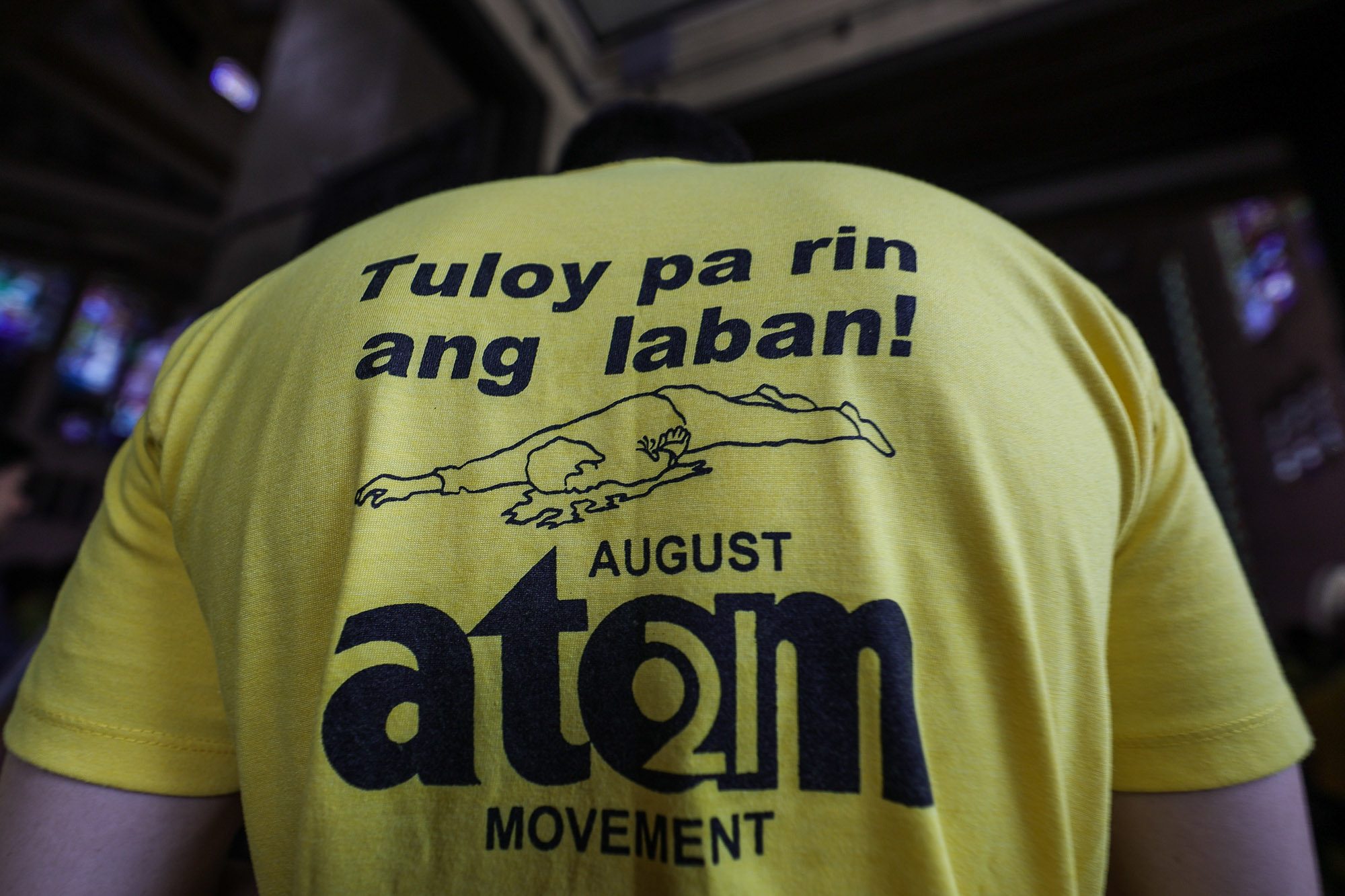
MANILA, Philippines – “He was really willing to die for the country.”
That was how veterans of the August Twenty-One Movement (ATOM) described their leader, Butz Aquino, the brother of democracy icon Benigno “Ninoy” Aquino Jr. and the one who galvanized the nation in the wake of Ninoy’s assassination.
On Saturday, February 24, ATOM members – some of whom marched at the frontlines of the EDSA revolution – gathered at the Bantayog ng mga Bayani. Their mission: to keep the memory of their fight against the dictator alive, especially now that another Marcos walks the halls of Malacañang.
They spoke of the day Ninoy was shot dead. They spoke of the confusion and anger and snap election that followed. But most of all, they spoke of Butz.
“We did not stop [after] the assassination of Ninoy. It took Butz Aquino to carry the torch, to continue the struggle, and to openly defy the Marcos dictatorship,” said Archie Ventosa.
Butz Aquino wasn’t always an opposition figure. He even showed a distaste for politics, which he called “a ballgame of the rich.” Before he led marches against Ferdinand E. Marcos, Butz was part of Mofire, a company that made fiberglass products. But after his brother Ninoy was assassinated, he gathered his closest associates to try to piece together who was behind the killing.
From there, ATOM was born.
ATOM veterans recalled the many protests that Butz led, the most massive and difficult of which was the “Tarlac to Tarmac” run. An estimated 500,000 people marched from Ninoy’s home province of Tarlac all the way to the international airport in Manila, where he was shot on the tarmac – a grueling 120-kilometer stretch.
At Meycauayan, Bulacan, the military blocked the path, and a tense standoff between protesters and stern-faced soldiers ensued. Carla, an ATOM member who joined the march, explained how Butz turned to the protesters and asked whether they’d be ready to stand with him until the military men let them pass.
“Siyempre naman, nagtapang-tapangan kami,” Carla said. “‘Kung nasaan ka, Butz, nandoon din kami!‘”
(Of course, we acted tough. ‘We’ll stand with you, Butz, wherever you are!’)
As ATOM’s head, Butz was undauntable, something he seemed to inspire in those around him.
“‘Pag hindi takot ang tatay ko, hindi rin ako matatakot, plus ‘pag magkasama tayong lahat, nawawala ‘yung takot (When my father isn’t scared, I don’t feel fear either, plus when you’re with everyone, that fear disappears),” Jackie Aquino, Butz’ daughter, said. “Naisip ko, ready na ako (I thought I was ready) to die for my country. Really, I was at that time.”
A call to the people
Two years later, on February 22, 1986, Butz Aquino would again play a part in a protest against Marcos Sr. – except this one would spark the bloodless revolution that ousted the dictator.
Butz and several ATOM members were at a dinner party to celebrate the birthday of another member, Mildred Juan, when rumors broke out that Juan Ponce Enrile and Fidel Ramos had rebelled against Marcos. Butz scrambled to get a landline connection in his Mofire office to verify the news.
“We went to [the office], all 10 of us. We never had dessert,” Juan said, jokingly.
After Butz had confirmed the defection of Marcos’ top men with then Supreme Court justice Cecila Muñoz-Palma, he went straight to Camp Aguinaldo.
History often credits the late Manila archbishop Jaime Cardinal Sin for being the first public figure to call upon the people to gather in EDSA, but according to ATOM members, Butz Aquino was the first to galvanize the public. On air, Butz told all ATOM members and Filipinos to gather at the Isetann department store in Cubao.
“Si Butz ang unang nagtawag sa EDSA,” Juan said. “Ayaw namin mapalitan ang history na ‘yun.”
(It was Butz who first made the call to head to EDSA. We don’t want that part of history to be revised.)
Minutes later, Cardinal Sin also called upon the masses to gather near Camp Aguinaldo to protect Enrile and Ramos. The rest, as they say, is history. Over the next three days, more than 2 million Filipinos flooded EDSA, kicking off the People Power Revolution that toppled the dictatorship of Ferdinand Marcos Sr.
But as the years stretched into decades, and the memories of Martial Law horrors faded, members of ATOM pleaded to keep Butz Aquino’s spirit alive. (READ: For them in 2024, there’s no forgetting the EDSA revolution)
“It doesn’t have to stop with Butz Aquino. It doesn’t have to stop with Cory Aquino. It doesn’t have to stop with us, the veterans of ATOM,” said Ventosa.
“Let the torch be passed from generation to generation,” he said. “Continue carrying the torch. Continue the struggle. Continue the fight. Because we should continue telling the truth. – Rappler.com
1 comment
How does this make you feel?

![[Newspoint] A fighting presence](https://www.rappler.com/tachyon/2024/07/thought-leaders-a-fighting-presence.jpg?resize=257%2C257&crop=441px%2C0px%2C1080px%2C1080px)
![[Closer Look] ‘Join Marcos, avert Duterte’ and the danger of expediency](https://www.rappler.com/tachyon/2024/06/TL-trillanes-duterte-expediency-june-29-2024.jpg?resize=257%2C257&crop_strategy=attention)

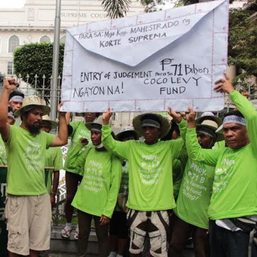
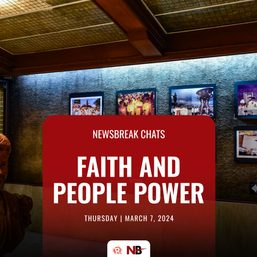
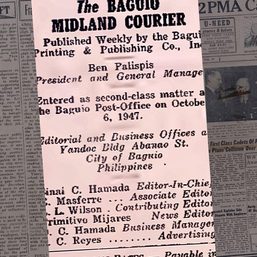
![[OPINION] Raised on radio](https://www.rappler.com/tachyon/2024/04/raised-on-radio.jpg?resize=257%2C257&crop=396px%2C0px%2C720px%2C720px)
![[Just Saying] Marcos: A flat response, a missed opportunity](https://www.rappler.com/tachyon/2024/04/tl-marcos-flat-response-april-16-2024.jpg?resize=257%2C257&crop=277px%2C0px%2C720px%2C720px)
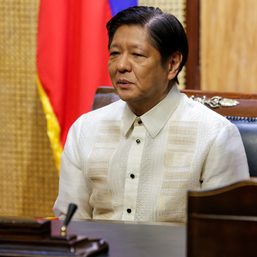

Agree: “Let the torch be passed from generation to generation.” But who would lead the EDSA movement under the realm of Marcos Jr.? Would it result in another Marcos hastily leaving Malacañang? Or would it rather be a Duterte?